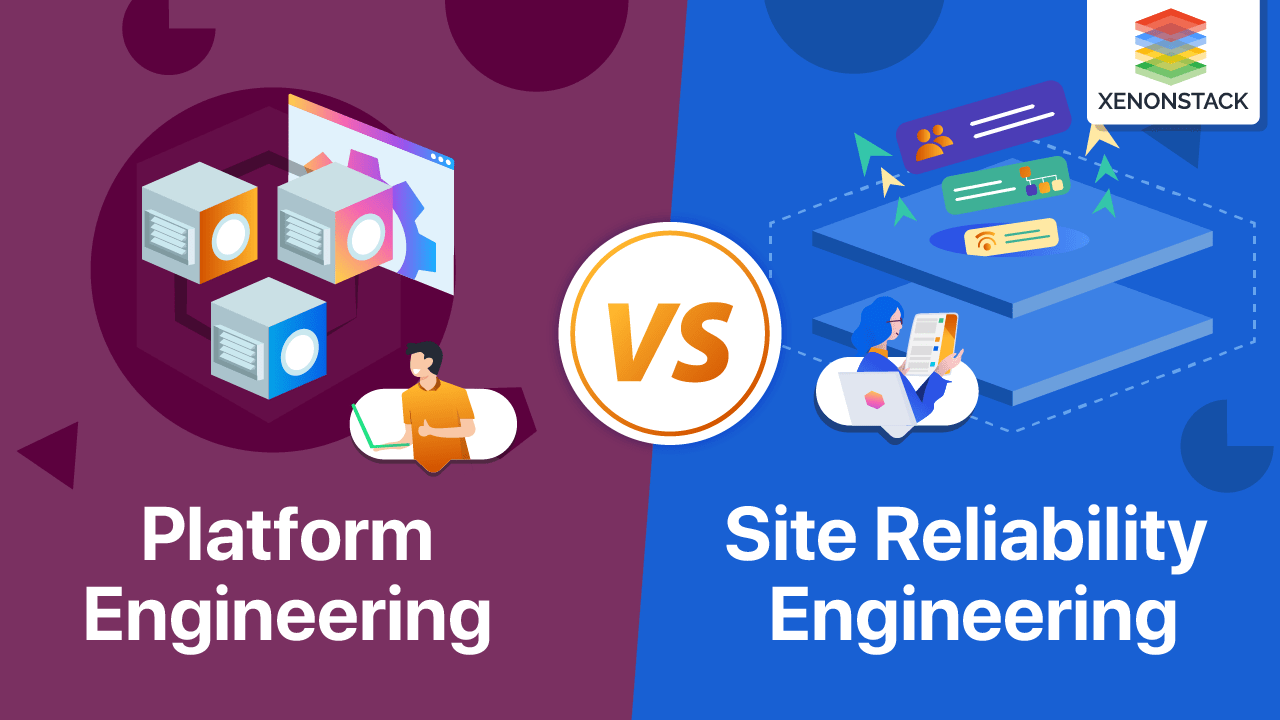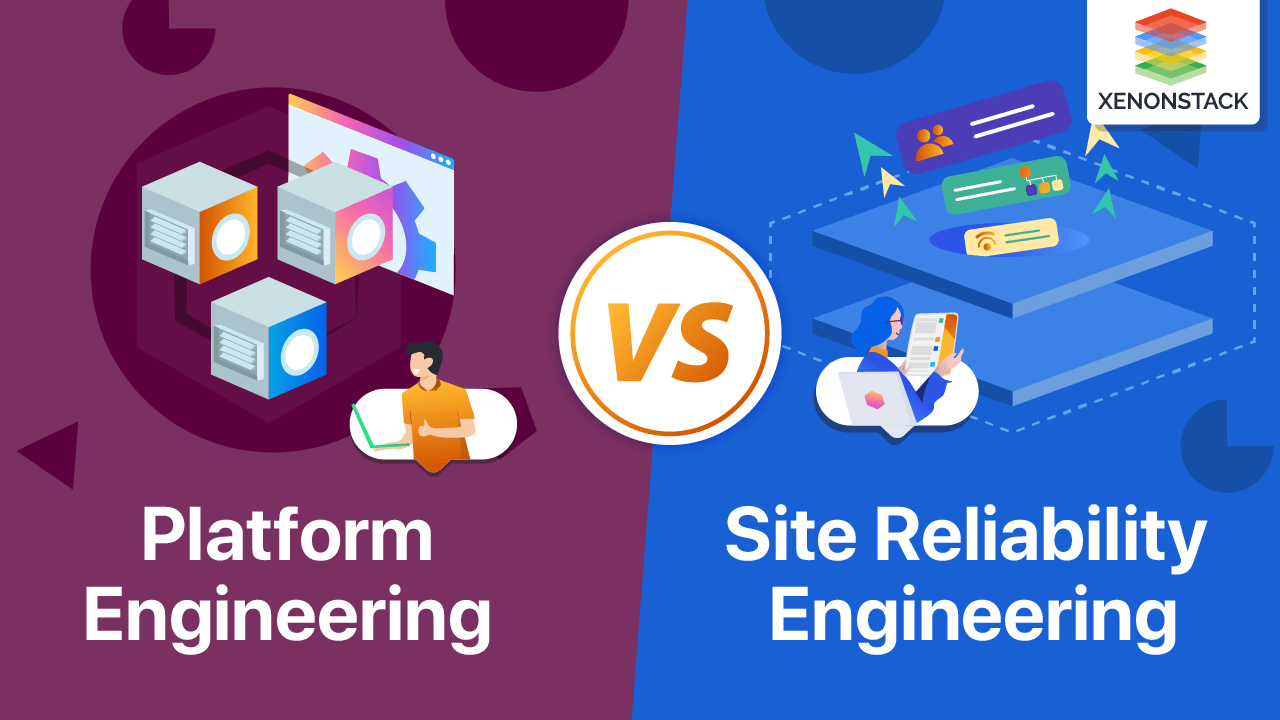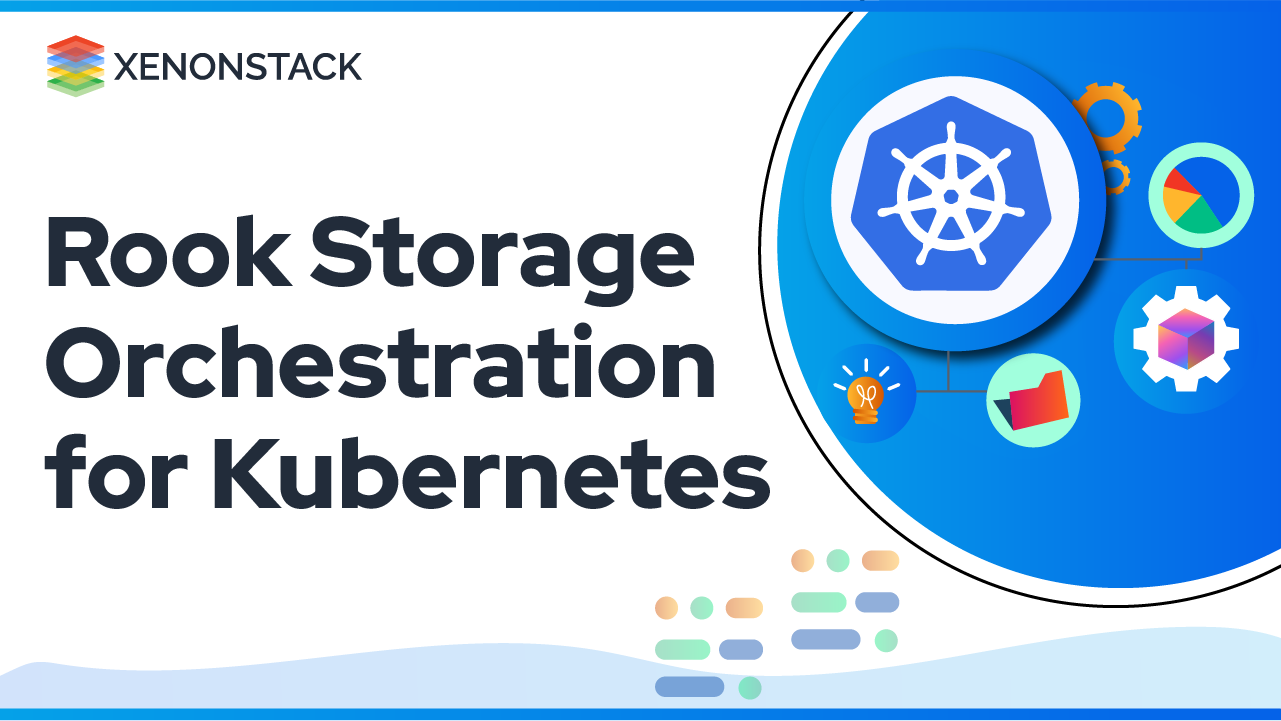
Introduction to Platform Engineering and SRE
Platform Engineering teams employ software engineering concepts to accelerate the software delivery process. Platform engineers ensure application development teams operate effectively across the entire software delivery life cycle.
SRE teams apply software engineering principles to improve reliability. Site reliability engineers minimize the frequency and impact of outages that can impact the overall reliability of cloud applications.
These two teams often need clarification, and the terms are sometimes used interchangeably. Indeed, some organizations combine SRE and Platform Engineering for the same function. This happens because both roles apply a standard set of principles:
Platform as a Product
These teams need to take the time to understand their internal customers, create a roadmap, plan the release cadence, write the documentation, and do everything related to the software product.
Self-service Platform
These groups build their platforms for internal use. In these platforms, best practices are coded, so users of these platforms don't have to worry about them.
The best SRE and platform teams identify toil and work to remove it.
Platform Engineering
Platform engineering is the process that enables software engineering teams to automatically perform end-to-end operations of the application lifecycle in a cloud environment. Platform engineers develop an integrated product that provides developers with self-service. Whether provisioning infrastructure, code pipelines, monitoring, or managing containers, a self-service platform hides all these intricacies and provides developers with everything they need during the complete application lifecycle. Platform engineering is not just a necessary tool but a combination of tools, workflows, and processes.
SRE(Site Relability Engineering)
Site reliability engineers create and develop systems to run applications reliably and automatically. SREs define service-level goals and build systems to help departments achieve those goals. These systems evolve into a platform and workflow that includes monitoring, incident management, single point of failure elimination, failure mitigation, and more. To identify the failure's root cause, corrective actions are incorporated into the automated system to improve reliability further.
What is the Relationship between SRE and Platform Engineering?
Automation
Both Site Reliability Engineering (SRE) and Platform Engineering leverage Infrastructure as Code (IaC) tools to automate the provisioning and management of infrastructure resources.
Focus on Availability, Reliability, and Scalability
SRE and Platform Engineering prioritize availability, reliability, and scalability by performing tasks such as monitoring and alerting. These practices help identify and address issues before they affect development teams or end users. Both roles also focus on designing and implementing scalable architectures.
Communication and Collaboration
Effective collaboration between various teams—such as developers, testers, and product or project managers—is crucial in both SRE and Platform Engineering.
Platform Engineering vs SRE
-
Platform engineering helps speed up the software delivery process. It ensures that application development teams work efficiently in all aspects of the software delivery lifecycle, while site reliability engineering applies software engineering principles software to improve reliability.
-
Site Reliability engineering minimizes the frequency and impact of outages that can affect the overall reliability of cloud applications. It is a combination of software and operational engineering, which involves applying software engineering principles to constructing and maintaining system infrastructure.
-
Platform engineering allows developers to ship code faster using development and maintenance automation systems that can always be leveraged across the organization. SRE is a basic or "lower level" process, while it is a higher level process that provides some service to the development team.
-
Site Reliability Engineering and Platform Engineering are two critical functions for optimizing engineering organizations to build cloud-native applications.
Why is Platform Engineering needed?
Platform engineering provides continuous visibility into services and their owners. This powerful visualization allows SREs, operations, and product teams to visualize each part's digital footprint. Connecting affected teams and individuals faster reduces incident resolution time and, with the right integrations, gives engineering teams end-to-end solution ownership.
For self-service and automation, end users want tools and platforms that give them the freedom and independence to operate as quickly as possible and deliver value to their end users. Flexible and extensible, the platforms are designed to provide order and enhance productivity and efficiency.
Discover about the top ten Fallacies in Platform Engineering
There is always a conflict between the developer's desire for autonomy and agility and the company's need for governance and control. Coding the security, cost, and compliance policies needed to manage cloud infrastructure can help implement this approach.
Tools
-
Kubernetes for container orchestration
-
Crossplane to manage Cross Kubernetes infrastructure Qovery for preview environment Gitlab CI for CI Humanitec for the internal development platform.
-
ArgoCD for CDs
-
Docker to host application
-
Terraform to automate infrastructure provisioning
What are the benefits of Platform Engineering?
-
Platform engineering offers many benefits to companies operating in a cloud-based environment. The main goal of Platform Engineering is to enable developers to use the service through self-service, providing a better development experience.
-
Focusing heavily on automating processes speeds up the development cycle. A fully automated code pipeline integrated with automated test cases will deliver business value to your customers without sacrificing quality or speed.
-
Remove the operational complexity; this reduces overall bottlenecks in the organizational process.
-
Taking product development to the next level improves feedback iterations between different team members, resulting in a high-gloss product with tremendous business value for the customer.
-
Scale application through environment automation by removing an environment variable or changing the configuration of an existing environment.
-
Platform Engineers also facilitate the development teams with full-fledged environment automation. Developers can create, replicate, remove, and update deployment environments without knowing what's happening in the background.
Unified strategy helps businesses drive interconnected ecosystems with API-driven architecture for digital transformation. Click to explore about our, Digital Platform Engineering
Conclusion
Site Reliability Engineering and Platform Engineering are two important functions in optimizing engineering organizations to build cloud-native applications. The SRE team works to provide the infrastructure for highly reliable applications, while the foundation engineering team works to provide the infrastructure for rapid application development. Together, these two teams unleash the productivity of application development teams.



